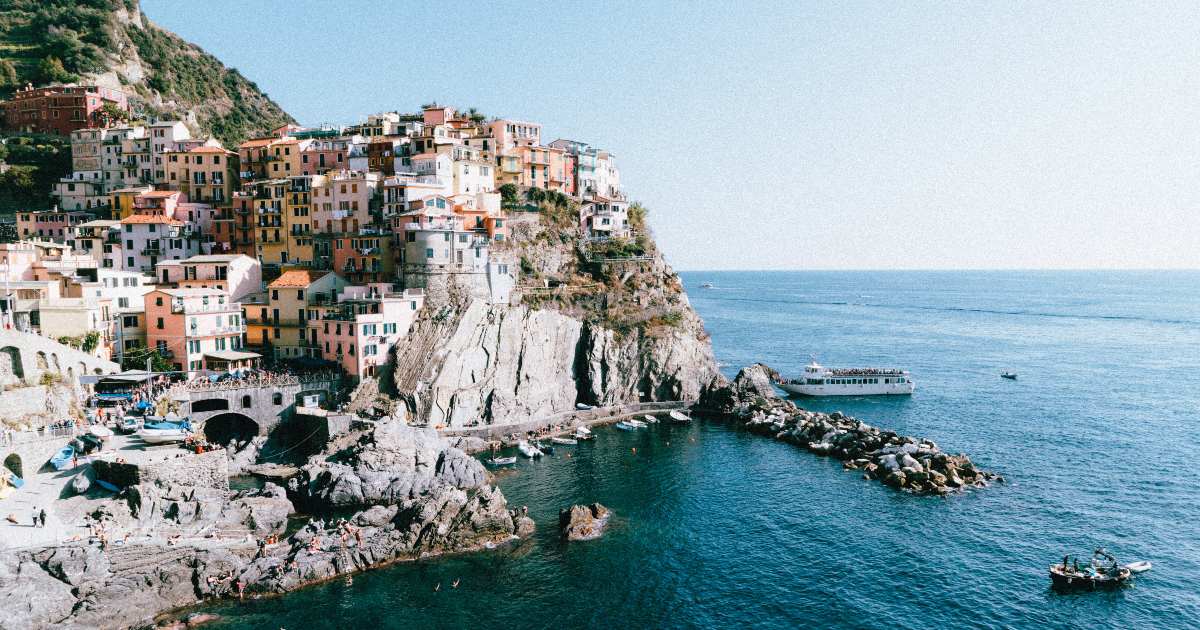When is the best time to visit Europe?
How to get to Europe?
Europe is among the world’s most accessible continents, linked by dense air, land, and sea routes. Major international airports like London Heathrow, Paris Charles de Gaulle, Frankfurt, Amsterdam Schiphol, and Istanbul serve as primary gateways. Dozens of global airlines operate regular flights from every continent, while budget carriers like Ryanair and Wizz Air connect even smaller cities across Europe.
- Main airports by region: London Heathrow (West), Paris CDG (Central), Istanbul (Southeast), Warsaw (East), and Madrid Barajas (South).
- Direct flights operate from New York (8h), Dubai (6h), and Tokyo (12h).
- European hubs are well connected to each other, often with flight times under 3 hours.
- Ferries link Europe with North Africa and the Middle East — most notably via ports in Spain, Italy, and Greece.
- Regular cruise routes connect the Mediterranean, Baltic, and North Seas, visiting coastal capitals and island nations.
- Europe and Asia share extensive land connections through Turkey, Georgia, and Russia.
- Travelers can reach Europe overland via the Trans-Siberian Railway or road routes from the Caucasus and the Middle East.
How to travel within Europe?
Europe’s transport network is one of the most efficient in the world. High-speed trains such as France’s TGV, Germany’s ICE, and Spain’s AVE connect major capitals in just a few hours. For longer distances, low-cost airlines like easyJet, Ryanair, and Wizz Air offer affordable travel between cities.
Top destinations in Europe
Europe is a mosaic of cultures, landscapes, and history. In Western Europe, travelers flock to Paris, London, and Amsterdam for art, fashion, and nightlife. Southern Europe dazzles with Mediterranean charm - from the Amalfi Coast and Santorini to Barcelona’s architecture and Dubrovnik’s old town.
Accommodation across Europe
Europe offers accommodation for every traveler. In major cities, expect a wide range of hotels, from five-star luxury chains to chic boutique stays. Budget travelers rely on hostels, Airbnb apartments, and guesthouses, which are abundant and affordable. In Western Europe, hotel prices average €100–200 per night, while Eastern Europe remains more budget-friendly, often under €70.
Food and cuisine in Europe
European cuisine is as diverse as its cultures. In the Mediterranean south, dishes revolve around olive oil, seafood, pasta, and wine. The north and east favor hearty stews, potatoes, meats, and fermented flavors. France is known for haute cuisine and pastries, Italy for pizza and pasta, Spain for tapas, and Greece for fresh mezze.
Culture and people of Europe
Europe’s cultural heritage is unmatched. It’s home to hundreds of languages, ethnic groups, and religions, yet bound by a shared history of art, philosophy, and innovation. From the Renaissance in Italy to the Enlightenment in France and classical music in Austria, Europe shaped much of global culture.
People are generally open-minded, with local customs varying widely - Mediterraneans are known for warmth and hospitality, while Northern Europeans value punctuality and privacy. Annual festivals such as Oktoberfest, La Tomatina, Venice Carnival, and countless music events showcase this diversity. Despite linguistic variety, English is widely understood in most tourist areas.
Geography and climate
Europe stretches from the Arctic Circle to the Mediterranean Sea, offering immense geographical diversity. The Scandinavian Mountains dominate the north, while the Alps, Carpathians, and Pyrenees cross the central regions. Flat plains extend across Eastern Europe, and the continent’s southern edge meets turquoise coastlines.
The climate ranges from polar in the far north to Mediterranean in the south. Average summer temperatures vary from 15°C in Norway to 35°C in southern Spain. Winters bring snow to alpine regions and rain to western coasts. This range of climates allows for skiing in Switzerland while beachgoers bask in Greece on the same day.
Useful travel information
- Visa: Most countries are part of the Schengen Area; travelers from many nations enjoy visa-free entry for up to 90 days.
- Currencies: The euro (€) is used in 20+ countries; others use their own currencies (e.g., GBP, CHF, DKK).
- Safety: Europe is generally safe, with low violent crime rates. Beware of pickpocketing in tourist areas.
- Health: Tap water is drinkable in most places; travel insurance is recommended.
- Transport passes: Eurail and Interrail passes offer flexible train travel.
- Emergency number: 112 works across all EU member states.
- Regional organizations: European Union (EU), Schengen Zone, Council of Europe.






